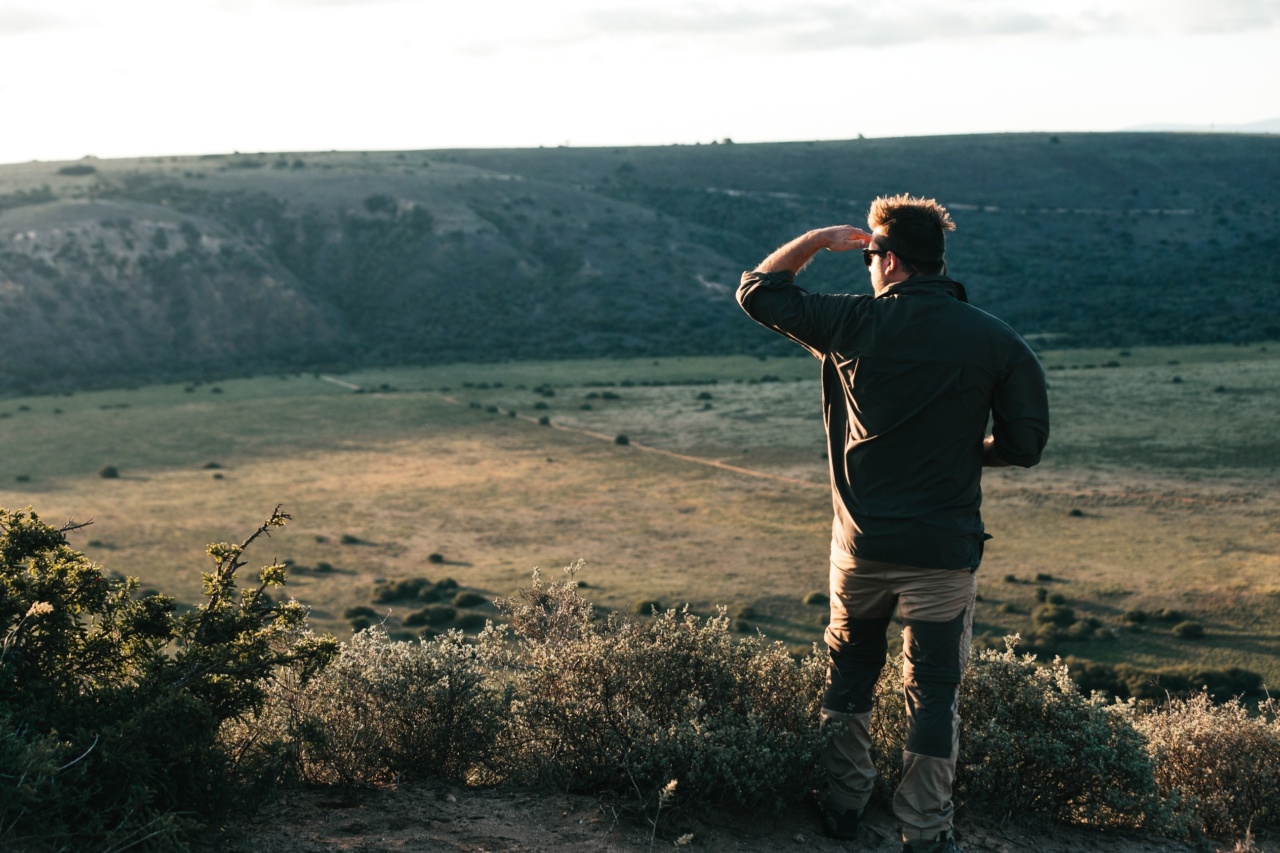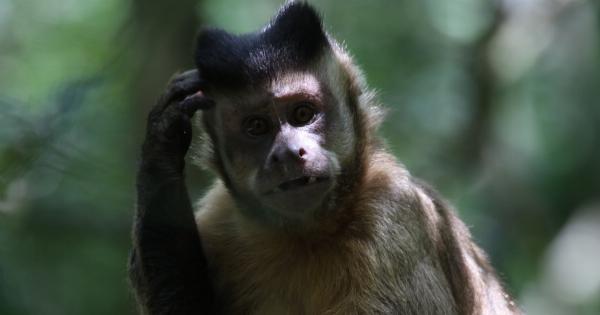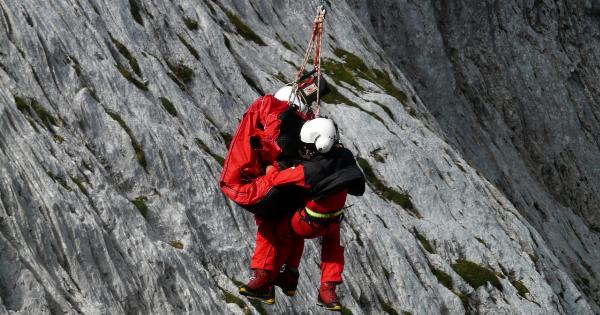Exploring the wilderness and encountering wildlife in their natural habitats can be an exhilarating and educational experience. From the towering mountain ranges to the vast oceans, our planet is home to a myriad of fascinating creatures.
In this article, we will delve into the wondrous world of wildlife and offer some insights on how to make the most of your encounters.
1. The Call of the Wild
Listening to the call of the wild is a mesmerizing experience. The rustle of leaves, the chirping of birds, and the occasional growl of a predator create a symphony of nature.
One of the best ways to immerse yourself in this orchestra is by visiting national parks or protected areas. These sanctuaries offer a glimpse into the unspoiled beauty of the natural world.
2. Research and Preparation
Before embarking on any wildlife adventure, it is essential to conduct research and gather knowledge about the species you hope to encounter. Understanding their habits, habitats, and behaviors can greatly enhance your chances of spotting them.
Additionally, familiarize yourself with local regulations and guidelines to ensure you do not disturb or harm the wildlife in any way.
3. Patience is a Virtue
Wildlife sightings require patience and perseverance. Some animals are elusive by nature and may take time to reveal themselves. It is crucial to remain calm and quiet, allowing the creatures to feel comfortable in your presence.
Move slowly and respectfully, and avoid any sudden movements or loud noises that could startle or scare them away.
4. Binoculars and Cameras
Equipping yourself with binoculars or a camera with zoom capabilities can help you observe wildlife from a distance without disturbing them.
These tools enhance your experience by allowing you to closely examine the unique features and behaviors of animals, even from afar. Remember to respect their personal space and refrain from interfering with their natural activities.
5. The Art of Tracking
Tracking wildlife is like solving a thrilling puzzle. Look for signs such as footprints, droppings, feathers, or scratch marks on trees to follow the trail of animals.
Learning basic tracking skills can heighten your chances of spotting elusive creatures, as well as deepen your understanding of their movements and foraging habits.
6. Safety First
While encountering wildlife in their natural habitat is a fascinating experience, it is crucial to prioritize your safety and that of the animals. Maintain a safe distance, especially when dealing with larger or potentially dangerous species.
Always follow the instructions of local guides or park rangers and never attempt to feed or touch wildlife.
7. The Importance of Conservation
As we venture into the wild, it is essential to remember that we are merely guests in the animals’ homes. The habitats we explore are fragile ecosystems that require our protection and respect.
By practicing responsible tourism, supporting conservation efforts, and spreading awareness about the need to preserve wildlife, we can ensure these magnificent creatures thrive for future generations.
8. Ethical Wildlife Tourism
Choosing wildlife tourism activities that prioritize animal welfare and conservation can have a positive impact on both local communities and the animals themselves.
Avoid supporting activities that involve animal exploitation, such as riding elephants or participating in shows where animals are forced to perform unnatural behaviors. Instead, opt for ethical alternatives that focus on education, conservation, and sustainable practices.
9. The Beauty of Biodiversity
The world is home to an astonishing variety of wildlife, from majestic big cats roaming the savannah to colorful birds soaring through the canopy.
Take the time to appreciate the vast array of species and their unique adaptations to different environments. Each animal plays a crucial role in maintaining the delicate balance of ecosystems, and their beauty is a testament to the wonders of Mother Nature.
10. Leave No Trace
Before exiting the wilderness, ensure that you leave no trace of your presence. Respect nature and its inhabitants by packing out any trash, avoiding littering, and refraining from removing or damaging natural resources.
By leaving the environment as pristine as you found it, you contribute to the preservation of wildlife habitats for future explorers to enjoy.
Conclusion
Discovering wildlife in the wild is a privilege that allows us to connect with nature in a profound and meaningful way.
Through research, patience, and responsible behavior, we can embark on unforgettable journeys, witnessing the wonders of the animal kingdom. By cherishing these experiences and advocating for the conservation of wildlife and their habitats, we can help safeguard our planet’s biodiversity for generations to come.































